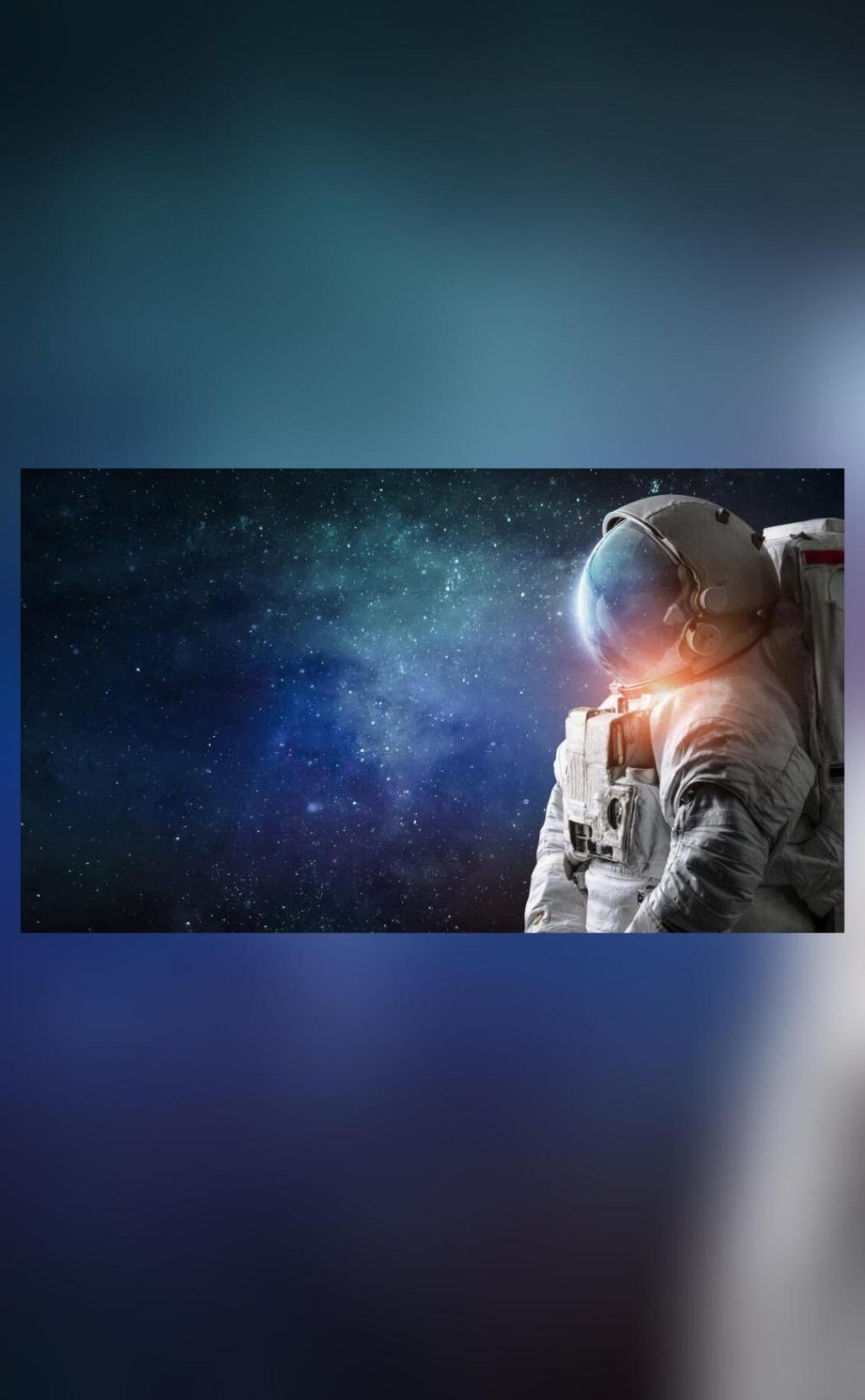
Google & NASA Create AI Medical Assistant for Mars Missions
The pursuit of space exploration has always been a significant milestone for humanity. As we inch closer to making our dreams of intergalactic travel a reality, the challenges we face are not limited to mere transportation but also extend to the well-being of our astronauts. With long-duration space missions on the horizon, ensuring the health and safety of our space travelers has become a pressing concern. To address this issue, NASA and Google have collaborated to develop an innovative AI-powered medical assistant, designed to keep astronauts healthy during Mars missions and beyond.
The Crew Medical Officer Digital Assistant (CMO-DA) is a groundbreaking technology that combines the strengths of artificial intelligence, machine learning, and the cloud to provide efficient and accurate medical care in space. This AI-medical assistant is built on Google Cloud’s Vertex AI platform, which enables it to process speech, text, and images in a multimodal system. This cutting-edge technology has the potential to revolutionize the way medical care is delivered in space, ensuring that astronauts receive prompt and effective treatment whenever they need it.
The development of CMO-DA is a significant step forward in the field of space medicine. Traditionally, medical care in space has relied on human medical officers who must be trained in both space medicine and emergency medicine. However, with the increasing complexity of space missions, it’s essential to have a reliable and efficient medical system that can provide accurate diagnoses and treatment plans. CMO-DA is designed to fill this gap, providing a reliable and autonomous medical assistant that can be trusted to make critical decisions in the absence of a human medical officer.
According to NASA, CMO-DA has been tested for its diagnostic accuracy, and the results are impressive. In a study conducted by NASA and Google, the AI-medical assistant showed diagnostic accuracy rates of 88% for ankle injuries and 80% for ear pain. These results are remarkable, considering the complexity of medical diagnoses and the limited data available in space. The accuracy of CMO-DA is a testament to the power of AI in medical diagnosis and treatment, and it has the potential to significantly improve the health and well-being of astronauts during long-duration space missions.
The implications of CMO-DA are far-reaching, extending beyond the realm of space exploration to the broader healthcare industry. The technology has the potential to revolutionize the way medical care is delivered, particularly in remote or resource-constrained areas where access to medical professionals may be limited. In these situations, CMO-DA could be deployed to provide remote medical consultations, enabling patients to receive timely and effective treatment without the need for in-person visits.
The collaboration between NASA and Google is a shining example of what can be achieved when two innovative organizations come together to tackle a complex challenge. By combining the strengths of AI, machine learning, and cloud computing, CMO-DA has the potential to transform the way we deliver medical care in space and beyond.
As we continue to push the boundaries of space exploration, it’s essential that we prioritize the health and well-being of our astronauts. CMO-DA is a significant step forward in achieving this goal, and it has the potential to make a lasting impact on the future of space medicine. As we look to the stars, it’s clear that the future of medical care is bright, and CMO-DA is a shining example of what can be achieved when innovation and technology come together.
News Source:






